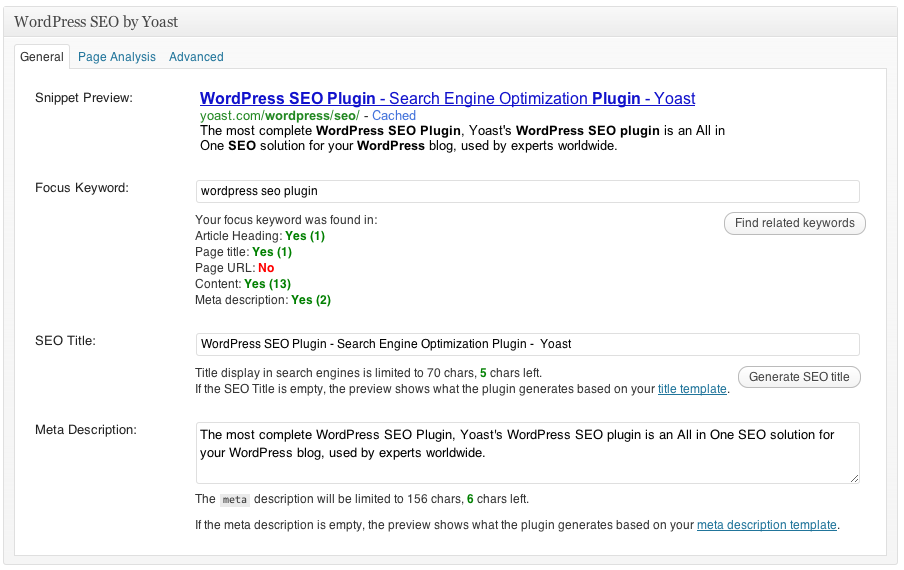On-Page Optimization Tips to Complement Your Great Content


Content isn’t king by itself. As much as the phrase has been thrown out there, there is no denying its truth.
You can’t win your audience and customers without applying certain techniques to bring your great content out in the open. It’s not enough to write and publish the content on your site or blog and expect your target market to find your post from over billions of pages online.
One way to deliver your content straight to your readers is to implement the best search engine optimization practices. By doing so, you increase the chances of your content to rank on top of search results for your chosen target keyword. The higher you rank, the more chances that your audience searching for your keyword will click on your great content.
While we have provided a link to the best SEO practices observed by most website owners and bloggers, below are some of the more obscure but equally important SEO techniques to supplement your content.
Download the Yoast WordPress SEO plugin
Considered as one of the single most important SEO plugins for WordPress, this tool will help you become more accountable and consistent with your SEO campaign for your content.

While writing your post on WordPress, the plugin will let you fill out the keyword you’re targeting with your post, as well as the page analysis feature that considers the different SEO factors that determine your ranking on search results.
Why this is important: The Yoast WordPress SEO plugin takes out the guesswork in your on-page optimization efforts. Everything is neatly laid out for your convenience, although there are custom tweaks that you need to perform depending on what you wish to achieve. Below is a video on how you can customize the plugin to your needs.
Cross-linking to your other content pieces
Also known as internal linking, this tactic lets you link to different pages within your website or blog. The important thing here is that the links need to be relevant to the topic discussed in your content. You can’t just link to different pages within your site for the purpose of driving traffic to those pages.
For more information on how to implement inlinking properly, check out this great resource at KISSmetrics.
Why is this important: As mentioned, internal linking lets you drive more traffic to your other web pages by encouraging readers to click on them. Also, you improve user experience by providing visitors with relevant and contextual information to enrich their knowledge about a particular subject. Both factors can help your pages rank higher at SERPs.
Improve structured data markup
According to ClickDo SEO Consultancy, Semantic Markup, “is a set of HTML codes that tells the search engine to contextually understand the meaning of the information provided on a web page.”
Below is a detailed infographic by NineHertz on the advantages and the implementation of structured data for SEO.

Why is this important: By observing the standard data markup practices, you provide search engines relevant information to help increase your click-through rate (CTR), traffic, and conversions.
Final thoughts: While content is your way to communicate your ideas to your audience, you will need the help of SEO to receive referral and passive traffic from search engines. By following the tips featured above, you are able to effectively communicate your content data to Google, Bing, and Yahoo! so you can enjoy higher ranking position at search results for your content.
More on content:
Four Ways to Boost Your Content’s Impact
3 Highly Effective Tools to Supercharge Your Content Marketing Strategy
Freelance writer for hire by day. Heavy sleeper at night. Dreams of non-existent brass rings. Writer by trade. Pro wrestling fan by choice (It's still real to me, damnit!). Family man all the time.

